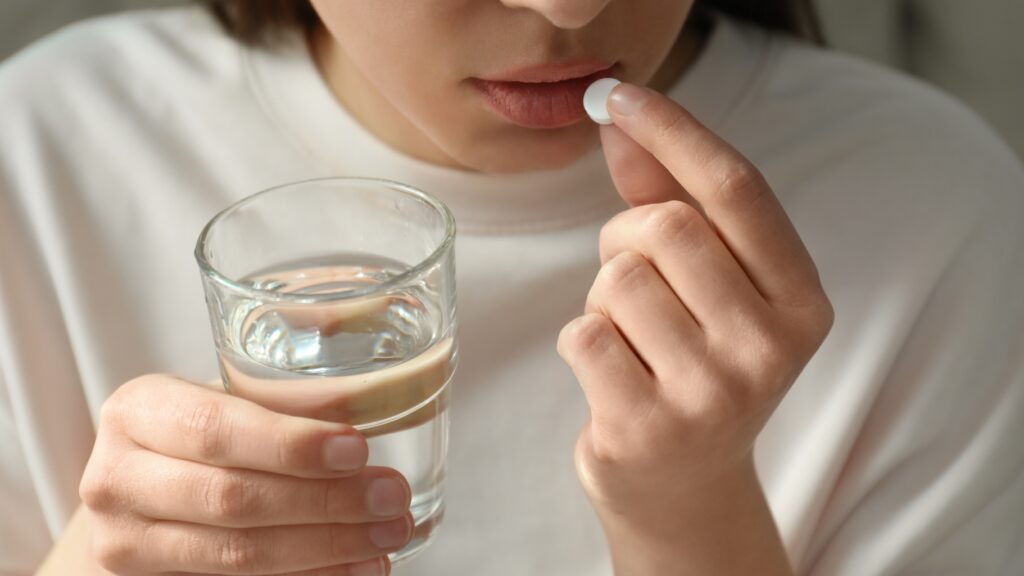How Does Inpatient Rehabilitation Work?
This post was last updated on April 23rd, 2024
Anyone who needs the assistance of a rehabilitation center needs to clearly understand the various facilities and options that rehabs provide in order to choose the one that fits them and serves their purpose.
In this article, we will discuss the purpose of a rehabilitation center, the various types, like inpatient and outpatient rehab, and their differences and uses.
The Role of a Rehabilitation Center
Rehabilitation centers play a major role in the deaddiction journey of a victim who is prone to drug abuse and alcohol addiction. They completely analyze and understand the problems of the victim and devise a strategy to help the person overcome the addiction without much difficulty. There are various formats in which these treatments take place, and the notable ones are inpatient and outpatient rehab.

Inpatient Vs. Out Patient Rehab
In general, most deaddiction facilities offer both these treatment methods for the victims. The choice of treatment depends upon the seriousness of the patient’s condition and the techniques that are about to be employed.
In the inpatient method, the patient gets to stay in a residential rehabilitation center. He is cut off from his regular chores and observed within four walls. This inpatient substance abuse program is for victims who have serious addiction repercussions and health issues that need immediate action. The treatment methods adopted for such patients will turn fruitful only when they are under observation 24/7. Depending on how well they respond to this treatment, therapists and doctors may make changes to the routine. Based on this, the period of stay is fixed for a patient as well. Patients can stay for a few months to a couple of years until they let go of all the withdrawal symptoms.
On the other hand, outpatient rehab is relatively easy on the patients. It is slow-paced and doesn’t use rigorous deaddiction methods. These are for patients with minimum to a negligible amount of exposure to alcohol, substances, or drugs. These patients are mostly recommended for a few sittings in the therapy session before moving on to other treatment methods. Usually, the treatments are basic, where the patient doesn’t have to be observed around the clock. One common misconception about outpatient rehab is that people think it proposes short-term and quick recovery. Whereas in reality, the treatment is paced at regular intervals and can span from a few weeks to over a year.
What do inpatient rehabs do?
Here is a standard SOP that most rehabs practice to help their patients in their deaddiction journey. It is simple, feasible, and flexible. Let us take a look at it.
Controlled Environment
Patients are generally monitored in a controlled environment with all the required facilities, along with trained therapists, nurses, and doctors who help patients in their journey. This helps the patient understand that they are in the best hands and that recovery isn’t far-fetched. Additionally, such controlled environments can pave the way for intensive and individual care that patients might need.
Detoxing the body
Detoxing is probably the first step that most deaddiction centers practice. This process is carried out by administering medicine to cleanse the substance residue and its impact on the body. Doctors also ensure that the patient doesn’t suffer any major side effects in the process.

Making you sober
Every new day, the patient’s vital signs are checked. The ultimate aim of these centers is to enable the patient to feel more and more sober each day, and the urge to go back to their addiction must visibly reduce, making them fit for a normal and healthy life.
Mental Wellbeing
Most addictions leave weak mental health caused by trauma, depression, anxiety, and FOMO. That is why addiction centers make it a point to provide psychiatric assistance. Patients sit for periodical therapy sessions to help them mentally cope with the process and make them feel accepted and included. WhiteSands Addiction Centers make it a point to even arrange for specialized therapy sessions as what works for one may not work for the other. This way, deaddiction centers ensure that the recovery is a pleasant journey.

Recommended: Strategies for Highlighting Family Therapy in Rehab Marketing
Conclusion
It is important to understand that every victim’s journey is different from the other. As members of the family and as a part of the community, we have to do our best to ensure that our loved ones get the best possible and appropriate treatment. A proper recovery that prevents the victim from crawling back to their earlier state helps us build a better community of sober individuals and a better future.
Recommended For You
Easy Day ‘MOAH’ CBD Oil Softgels – The Strongest CBD Online
Most Inside
Most Inside offers high-quality recommendations and valuable updates to enhance all aspects of your life, providing premium guidance and enriching experiences.




